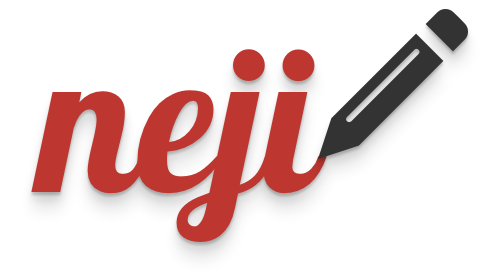José Luis Oliveira
Universidade de Aveiro, DETI / IEETA
3810-193 Aveiro, Portugal
jlo@ua.pt
(+351) 234 370 500

Flexible, easy and powerfull framework for faster biomedical concept recognition.
Download Learn more
What?
Neji is an innovative framework for biomedical concept recognition. It is open source and built around four key characteristics: modularity, scalability, speed, and usability. It integrates modules of various state-of-the-art methods for biomedical natural language processing (e.g., sentence splitting, tokenization, lemmatization, part-of-speech tagging, chunking and dependency parsing) and concept recognition (e.g., dictionaries and machine learning). The most popular input and output formats, such as Pubmed XML, IeXML, CoNLL and A1, are also supported. Additionally, the recognized concepts are stored in an innovative concept tree, supporting nested and intersected concepts with multiples identifiers. Such structure provides enriched concept information and gives users the power to decide the best behavior for their specific goals, using the included methods for handling and processing the tree.
Why?
Concept recognition is an essential task in biomedical information extraction, presenting several complex and unsolved challenges. The development of such solutions is typically performed in an ad-hoc manner or using general information extraction frameworks, which are not optimized for the biomedical domain and normally require the integration of complex external libraries and/or the development of custom tools. Thus, Neji fills the gap between general frameworks (e.g., UIMA and GATE) and more specialized tools (e.g., NER and normalization), streamlining and facilitating complex biomedical concept recognition.
How?
On top of the built-in functionalities, developers and researchers can implement new processing modules or pipelines, or use the provided command-line interface tool to build their own solutions, applying the most appropriate techniques to identify names of various biomedical entities. Neji was built thinking on different development configurations and environments: a) as the core framework to support all developed tasks; b) as an API to integrate in your favorite development framework; and c) as a concept recognizer, storing the results in an external resource, and then using your favorite framework for subsequent tasks.